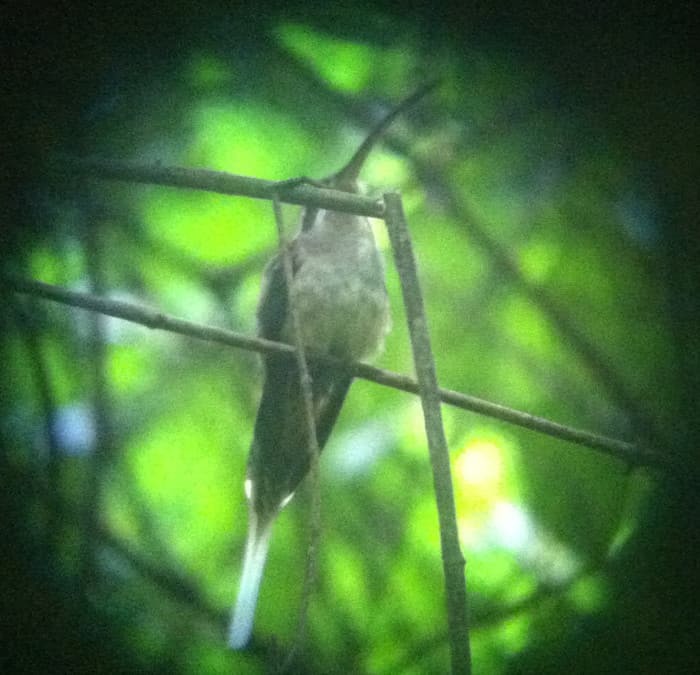CARARA NATIONAL PARK, San José — We saw a black-mandibled toucan, a blue-crowned motmot, a slaty-tailed trogon, a mealy parrot, a long-billed hermit hummingbird and a pale-billed woodpecker.
“It has a mohawk,” said Karen Kress of Tampa, Fla., of the woodpecker.
“It looks like a pileated woodpecker,” said our naturalist guide, Enrique Cambronero, a walking encyclopedia of information on the flora and fauna of Carara National Park, which is probably the most wildlife-rich place in Costa Rica within an hour and a half of the capital.

“It is pristine,” Enrique said, when asked what makes this park special. “Not many people come here, which is good. Most of the people who come here are naturalists, they are bird-watchers or people who are really interested in nature.”
Carara, roughly 50 km west of San José and 20 minutes north of Jacó, attracts an unusual mix of birds and other wildlife because it’s located in a transitional rain forest between the dry forests of Guanacaste to the north and the wet forests to the south.

The park, 52 sq. km, is home to the nation’s second-largest concentration of scarlet macaws, with perhaps 450 individuals, whereas Corcovado National Park in the Osa Peninsula is said to have around 1,000.
Carara also skirts the Tárcoles River, of crocodile fame, and attracts wading birds like the roseate spoonbill.

We saw no mammals except for a few bats (and other humans) on a late morning tour of the park Saturday, but Enrique assured me that there are plenty here.
“Agoutis, monkeys, bats, coatimundi, kinkajou, squirrels, deer, anteaters, sloths, peccaries,” he said. The park doesn’t seem to have ocelots, jaguars or tapirs, he said, but a couple of the other guides here have seen a puma.

We saw plenty of green and black poison dart frogs and Central American whiptail lizards, plus a basilisk (aka Jesus Christ lizard) and a black iguana.
But Carara is primarily a birders’ paradise.
“Forty percent of the birds in the country live here,” Enrique said. More than 400 species of birds have been documented here, out of some 900 in all of Costa Rica.

Carara’s 1.4-km Quebrada Bonita trail is a very easy walk through primary rain forest, and in fact much of it is wheelchair-accessible. This trail connects to a larger trail that is 5 km. The 4-km Laguna Meandrica trail follows the Tárcoles River and is a better bet for seeing aquatic birds.
If you haven’t done so already, by all means stop at the Tárcoles River bridge 3 km to the north and join the other tourists in gaping at the dozens of American crocodiles that are always hanging out there.
But if, like most of these tourists, you drive past the entrance to Carara just down the road, you’ll be missing some of the best bird-watching in all of Costa Rica.
IF YOU GO
Getting there: Carara National Park is located on the Costanera Sur, Highway 34, 3 km south of the Tárcoles River bridge and 15 km north of Jacó.
Hours: Open daily 8-4
Admission: $10; guided tours are negotiable, starting at about $25.

